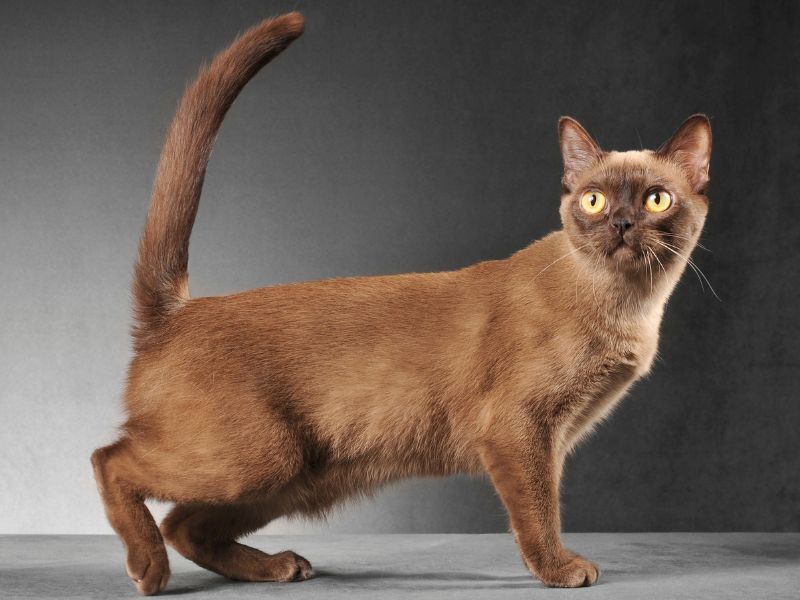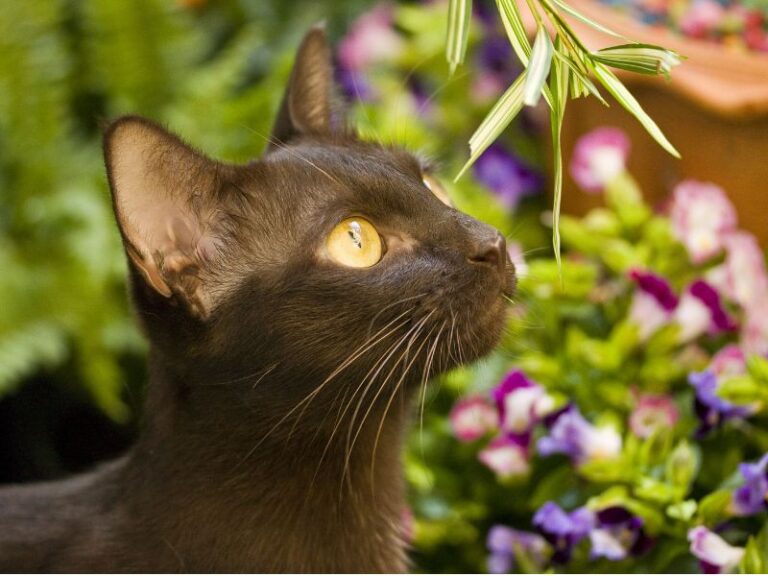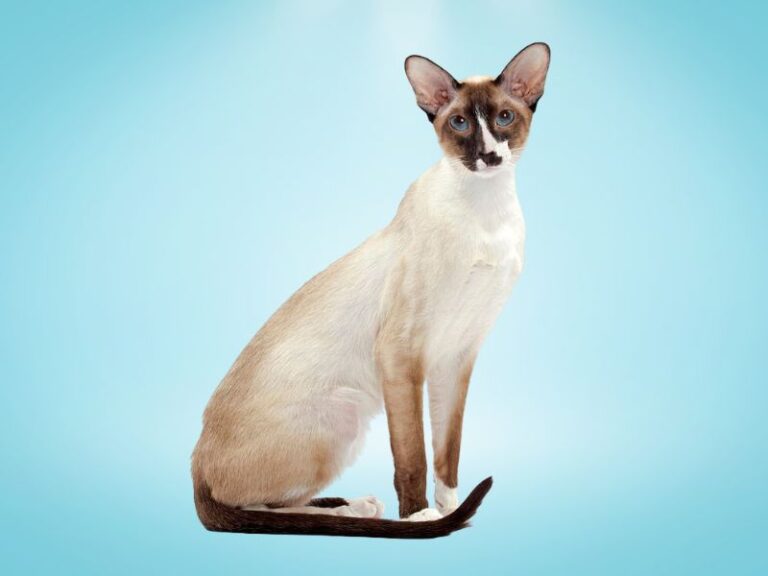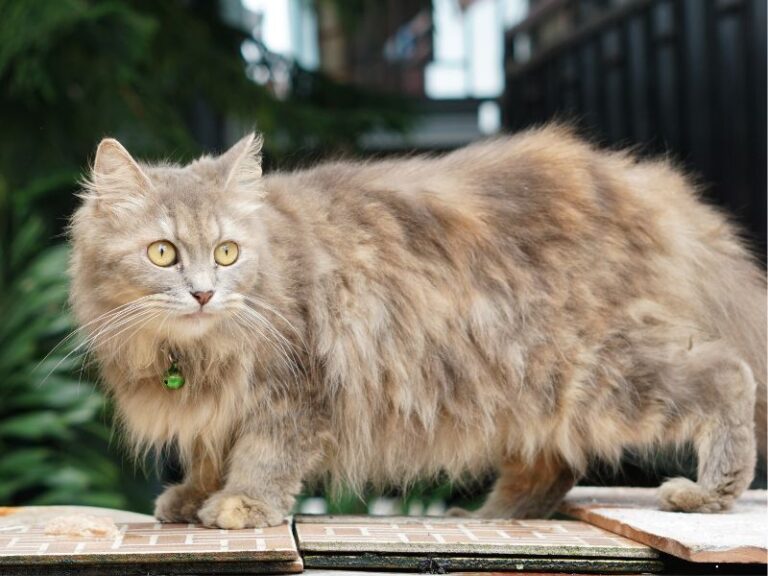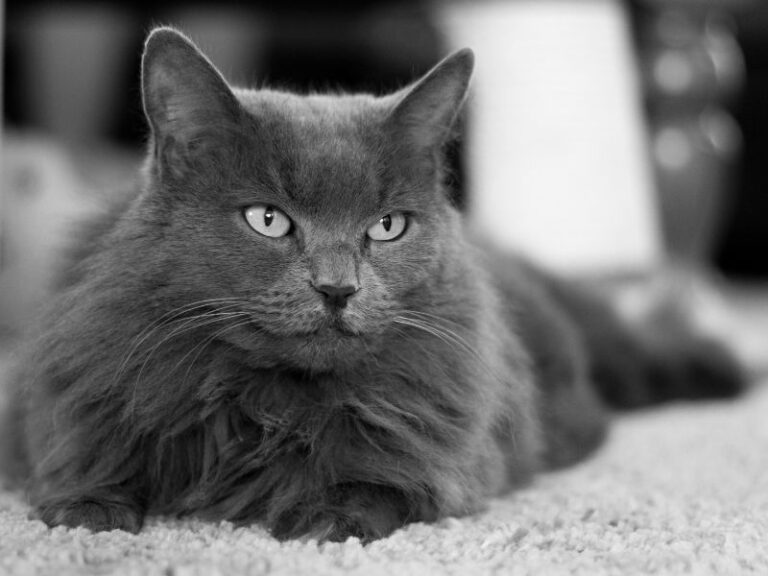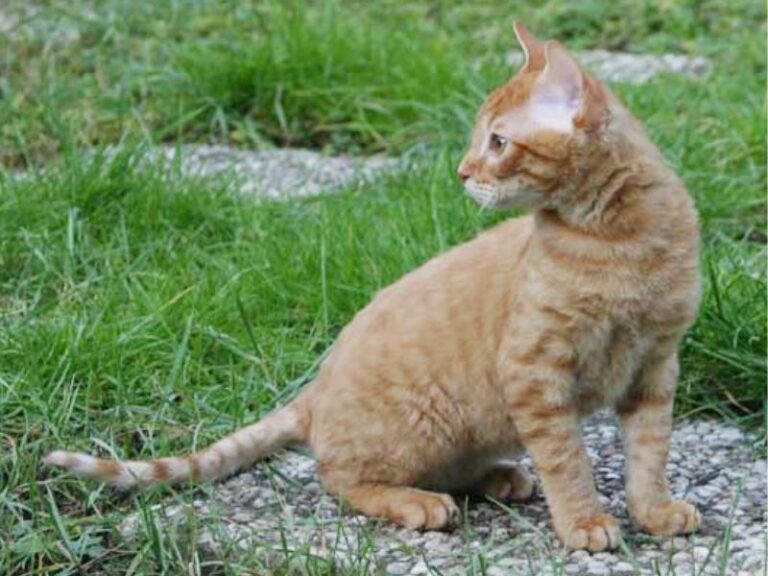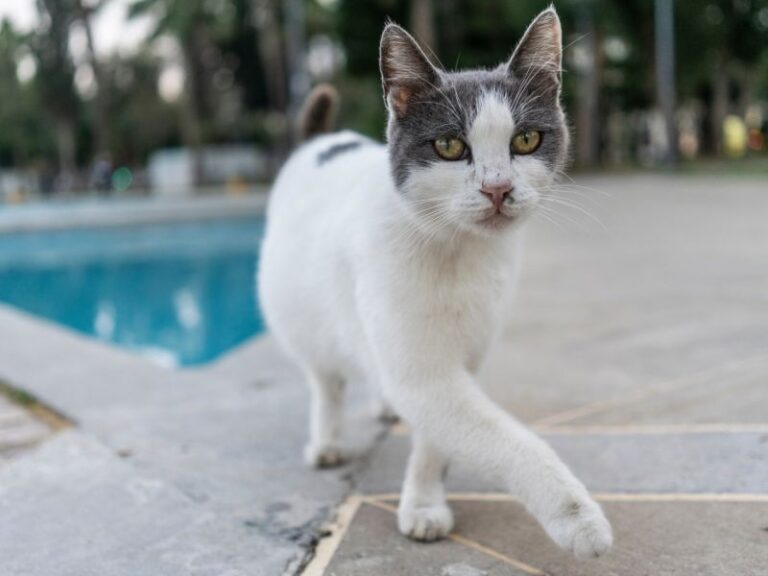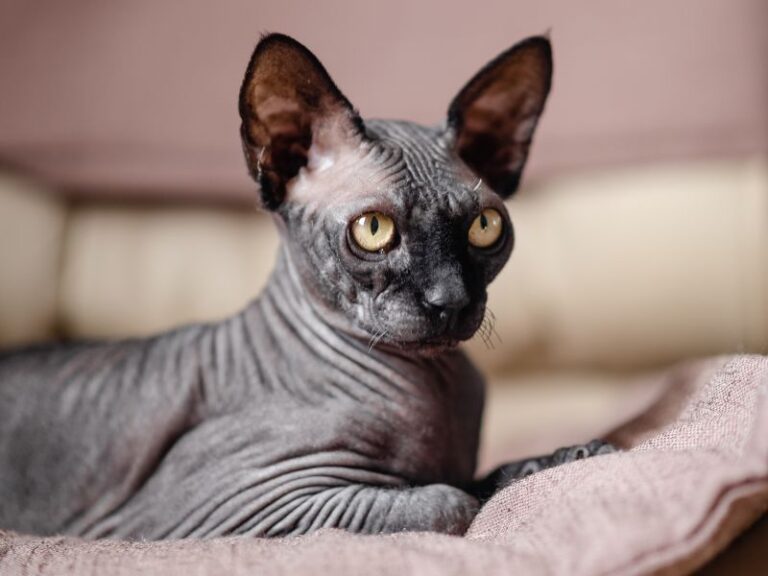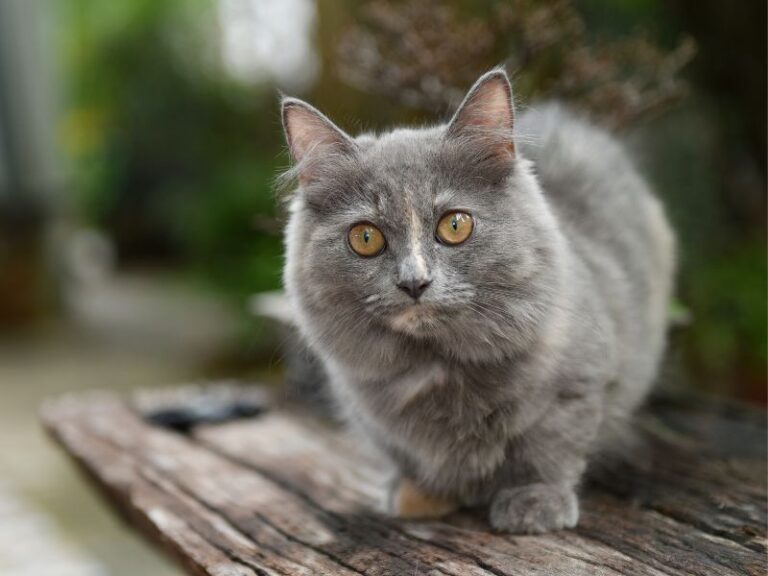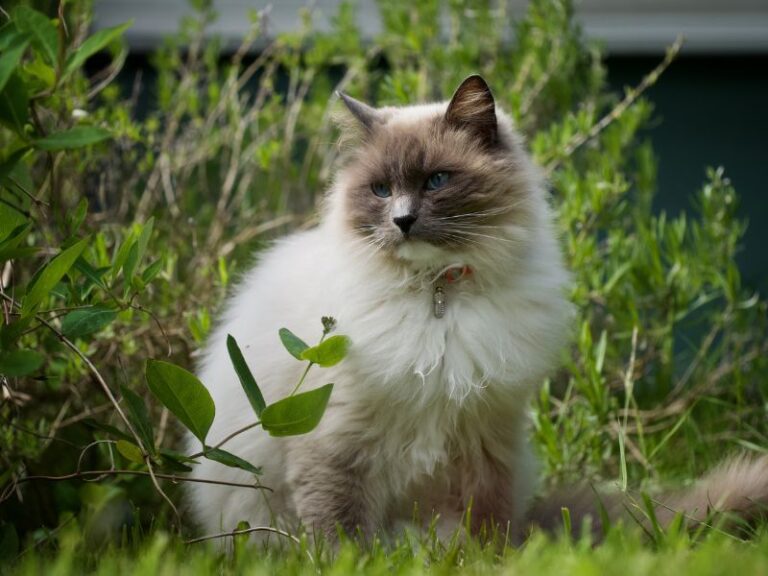Table of Contents
ToggleThe Burmese cat, a breed known for its captivating charm and affectionate nature, has won the hearts of cat lovers worldwide. Originating from Southeast Asia, this beautiful feline is a popular choice for both families and individuals looking for a loving and interactive companion. In this article, we’ll delve into the fascinating world of Burmese cats, exploring their origin, physical characteristics, lifespan, temperament, and care requirements. By the end of this guide, you’ll have a deeper understanding of these delightful felines and why they make exceptional pets.
Burmese Cat Origin
The history of the Burmese cat traces back to ancient times, with its roots embedded in the temples of Burma (now Myanmar). It is believed that Burmese cats were considered sacred creatures, residing within the inner sanctums of temples where they were highly revered by monks and royalty alike. Their striking appearance and gentle nature were believed to symbolize luck and prosperity, and they were often given as treasured gifts to esteemed visitors.
It was not until the late 19th century that the breed was introduced to the Western world. In 1871, a pair of Burmese cats named Wong Mau and Yen Yen made their journey from Burma to the United States with a sailor named Joseph Thompson. These cats captured the attention of American cat enthusiasts, and their unique appearance and loving demeanor quickly garnered admiration.
Burmese Cat Physical Characteristics
Burmese cats boast a distinct appearance characterized by their sleek, short coats that lie close to their bodies, showcasing their well-defined musculature. This elegant coat is remarkably soft to the touch, inviting endless hours of gentle petting and affectionate cuddling.
Their eyes are one of their most captivating features, displaying a striking shade of gold, complementing their coat color. The eyes are large and expressive, reflecting the Burmese cat’s intelligence and emotional depth. When these enchanting eyes gaze at their human companions, it is difficult to resist falling under their spell.
Burmese cats are of medium size, with a graceful and well-proportioned build that exudes elegance. They have a rounded head and short, straight noses, giving them a charming, baby-like appearance that adds to their overall appeal.
Burmese cats are available in a variety of coat colors, including sable, blue, champagne, and platinum. However, the sable coat, with its rich and lustrous dark brown hue, is the most well-known and recognized color in the breed. The striking contrast between their dark coats and golden eyes creates a mesmerizing effect that captures the hearts of anyone who encounters them.
Burmese Cat Lifespan
When providing proper care and attention, Burmese cats can live long and fulfilling lives. On average, their lifespan ranges from 12 to 16 years. However, with advances in veterinary care and responsible pet ownership, some Burmese cats have been known to live even longer, reaching their late teens or even early twenties.
Burmese Cat Temperament
The Burmese cat’s personality is a major draw for many cat enthusiasts. Renowned for their affectionate and sociable nature, Burmese cats thrive on human interaction. They are not ones to be left alone for extended periods and will often seek out their owner’s companionship, forming strong bonds with their family members.
Their loving and people-oriented nature makes them excellent family pets, as they get along well with children and other pets when appropriately socialized from an early age. These felines have an uncanny ability to sense their owner’s emotions, offering comfort and support during difficult times.
Burmese cats are also known for their playfulness and intelligence. They retain their kitten-like exuberance well into adulthood, enjoying interactive toys and games that challenge their minds and keep them entertained. Their high level of curiosity and energy means they are always eager to explore their environment and engage in activities that stimulate their senses.
Burmese Cat Care Requirements
Taking care of a Burmese cat involves meeting their physical and emotional needs. Here are some essential care requirements for these delightful felines:
- Grooming: Despite their short coats, Burmese cats benefit from regular grooming to keep their fur clean and free from loose hair. A gentle brushing once or twice a week will suffice to maintain their sleek appearance and minimize shedding.
- Diet and Nutrition: Providing a balanced diet that meets their nutritional requirements is crucial for the overall health of Burmese cats. High-quality cat food, either commercially available or prepared under the guidance of a veterinarian, should be provided to meet their specific needs based on age, weight, and activity level.
- Healthcare: Routine visits to the veterinarian are vital to ensure your Burmese cat’s health and catch any potential issues early on. Regular check-ups help monitor their weight, dental health, and overall well-being. Vaccinations and preventive treatments for parasites are also crucial to maintaining their health and preventing potential illnesses.
- Environmental Enrichment: Burmese cats thrive in an environment that offers both comfort and opportunities for exploration. Provide scratching posts, climbing structures, and cozy spots where they can relax and observe their surroundings. Create vertical spaces that allow them to climb and jump, satisfying their natural curiosity and agility.
- Mental Stimulation: Keeping Burmese cats mentally stimulated is essential to prevent boredom and behavioral issues. Interactive toys, puzzle feeders, and play sessions with their human companions can all contribute to their mental well-being. Teaching them new tricks or providing access to climbing structures and scratching posts can keep them mentally engaged and physically active.
Final Words
In conclusion, the Burmese cat’s enchanting allure, coupled with its affectionate and interactive temperament, makes it a wonderful addition to any household. Originating from the temples of Burma, these felines have charmed their way into the hearts of cat lovers worldwide. Their short, sleek coats and captivating golden eyes contribute to their unique appearance, while their sociable and intelligent personalities make them cherished companions.
As responsible pet owners, it is our duty to ensure that Burmese cats receive the care and attention they deserve. Regular grooming, a balanced diet, mental stimulation, and routine veterinary visits are key to keeping these delightful felines healthy and content throughout their 12 to 16 years of life. Whether you’re a seasoned cat owner or considering adopting your first feline friend, the Burmese cat is sure to bring joy and love into your life for years to come. Embrace the companionship of a Burmese cat, and you’ll be rewarded with a loyal and affectionate furry friend that will enrich your life in countless ways.
FAQ
Certainly! Here are some frequently asked questions (FAQs) about Burmese cats:
How intelligent are Burmese cats?
Burmese cats are highly intelligent and known for their playful nature. They enjoy interactive toys and games that challenge their minds and keep them mentally stimulated.
Are Burmese cats vocal?
Burmese cats are known for their soft and sweet voices, and they may use vocalizations to communicate with their owners. They are not overly vocal like some other breeds, but they can be expressive.
Are Burmese cats lap cats?
Yes, Burmese cats are incredibly affectionate and often enjoy sitting on their owner’s laps or cuddling up next to them for attention and affection.
Should I spay or neuter my Burmese kitten?
Spaying or neutering your Burmese kitten is highly recommended unless you have plans to responsibly breed them under the guidance of a reputable breeder. Spaying or neutering not only prevents unwanted litters but also has health and behavioral benefits.
What is the Burmese favorite food?
Burmese cats prefer high-quality cat food rich in protein, especially meat-based options like chicken or fish. Individual preferences may vary, so it’s essential to observe their favorite choices. Just like how mohinga is often called Myanmar’s national dish, Burmese cats have their unique tastes!

